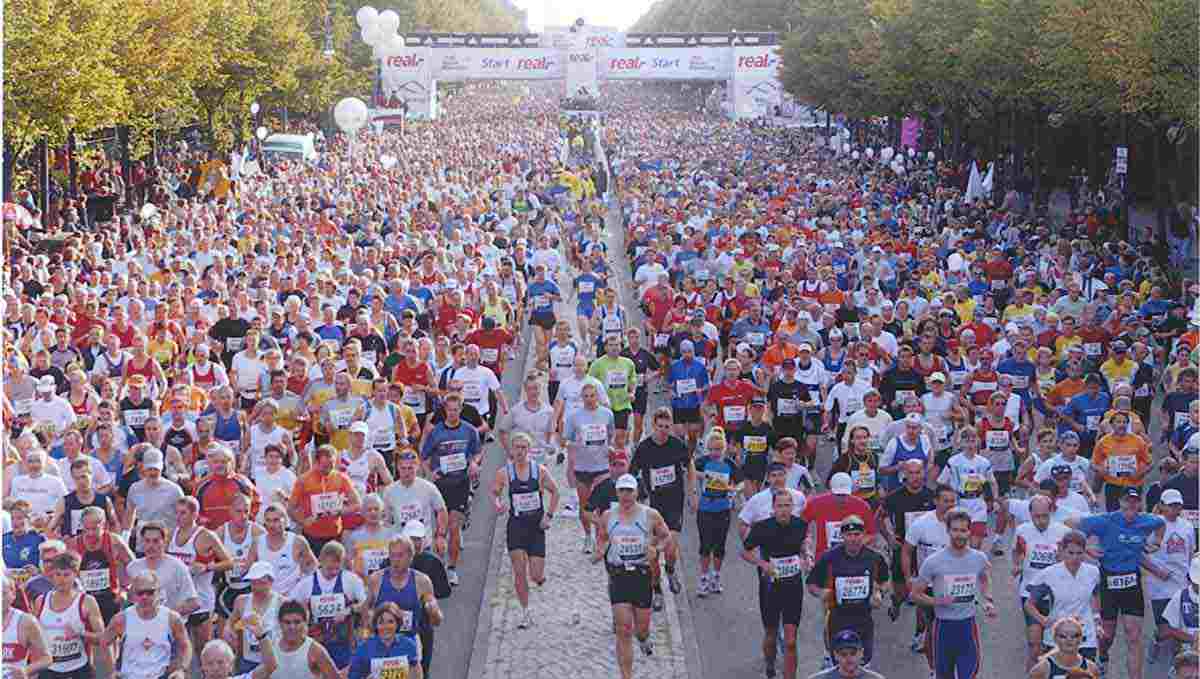As the knee joint is ranged from straight to fully bent, the patella moves upwards over the femur in a groove. If the patella runs through this groove in an inappropriate way or if the patella rubs against the femur as it slides in the groove, the underside of the knee cap may become inflamed and injured resulting in pain. This situation is known as the patellofemoral pain syndrome (PFPS). Left unchecked, the cartilage underneath the patella may become damaged leading to the more severe condition chondromalacia.
PFPS is the most common cause of knee pain in all patients, not just runners. The symptoms are fairly characteristic and include pain around or behind the knee cap that is accentuated by going up or down stairs.
Once established, it is important to treat PFPS or it may progress to chondromalacia which can be more painful and take longer to heal. Management is similar to patellar tendinitis in that rest along with the use of ice and NSAIDs may help diminish pain and swelling. Furthermore, strengthening of the quadriceps muscle is of the utmost importance as it is this muscle that stabilizes the patella and guides it properly through the groove with bending of the knee.
Many other treatment options have been evaluated for PFPS including the use of braces and taping but these have not been shown to be beneficial.
There are other overuse injuries that are occasionally considered when evaluating ‘runner’s knee’ but these are far less common and often more difficult to diagnose. So how should you proceed if you have knee pain and believe that you have ‘runner’s knee’?
First and foremost, take a day or two to rest. Do not run on a knee that is painful, you will only make things worse. If you are unable to bear weigh on the injured leg or if you have swelling of the joint, these are signs that you may have more important structural damage to the ligaments or cartilage and in these cases, evaluation by a physician is strongly recommended.
In the absence of these red flags, a trial of ice and NSAIDs is appropriate. If after a few days of rest the pain has subsided, begin a strengthening program for the quadriceps and ankle flexors of the lower leg. Replace your shoes if necessary with new ones that are suited to your running style. Use arch supports if needed. After a week or so, continue the strengthening exercises and resume running on a soft surface but at a much reduced volume and intensity. If the pain does not return, slowly increase the frequency, duration and finally intensity of the runs over a period of at least a month. If at anytime the pain returns, evaluation by a physician is probably a good idea.
Train hard, train healthy.
Via Competitor Running
